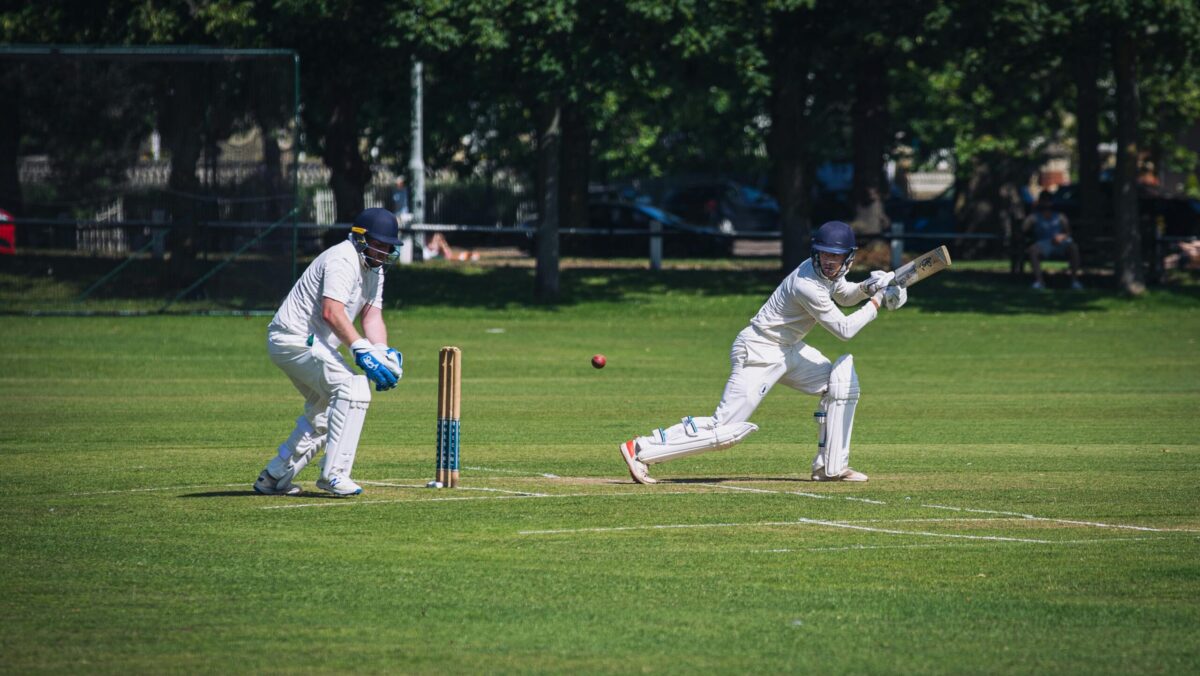As the weather is starting to improve, that can only mean one thing: the start of the cricket season. Not only has the professional season started with the County Championship already having completed its first two rounds, but village cricket WhatsApp groups are becoming active again, with at least one person per chat saying they have trained all winter and should be opening the batting this season as last year.
However, you may have heard many cricketers complain, as they often do, about how the weather is going to affect the quality of cricket being played (in professional rather than village circles). But why is it that the weather and conditions are much more important than in other sports such as hockey and football?
The first big thing is that rain, bad light, and heavy winds are all common reasons for stopping play. This is mainly due to the safety of the batters. When you are standing 22 yards from someone chucking a ball at you at speeds of up to 90mph, you want to be able to see it, so when the visibility is significantly reduced, play is stopped. The other concern is the safety of the fielders running around on wet grass without the studs that footballers and rugby players wear.
These are the main reasons why your average village cricketer would complain about the weather. But the weather can also affect the course of play, as the village cricketer who thinks he is much better than he actually is will say. The reason behind this is due to the way the ball moves through the air and how it interacts with the pitch.
The first part to dissecting this is to look at the different types of bowling. The main two categories are pace and spin; the pacers try to get the ball down to the other end of the pitch as quickly as they can, the spinners try to make the ball turn much more. However, to further complicate things, pacers try to get the ball to ‘swing’ from side to side, in a bid to make it harder for the batters to hit. Without getting too technical, this is exaggerated with moisture in the air, which means gloomy, overcast conditions aid these swing bowlers. On the flip side, sunny weather can aid the spinners as the dryer ball will grip and consequently spin more, or it could even just be a batters paradise as there is less to aid the bowling side. However, these are gross oversimplifications, and you could spend years trying to understand how to optimise the conditions legally, or if you are an Australian, sand paper is also available…
The other aspect is the pitch, and my favourite part of watching a professional match is when the ‘experts’ analyse the pitch and claim all sorts, and the opposite then occurs in the match. This shows how difficult it is to predict how a pitch will play. But, on the whole, you can break up a pitch into a few categories: Green pitches (more grass on the pitch) aid pace bowlers as the moisture remains high; Flat pitches (no dust or much grass) aid batters as there is less advantage to the bowlers; and dry, dusty pitches allow the ball to grip more and help the spinners. These different types of pitches are prepared in different ways and the start of the English season tends to produce more green pitches than dusty pitches as it never seems to stop raining in April.
Although a rather quick run through, next time your friend who is obsessed with cricket goes on about the state of the pitch they played on (and scored no runs on) instead of nodding and agreeing with them, you can say it looked rather flat and easy to score on.
I must run off now, I have just had a text asking who wants to go for a nets session in Uni parks…

